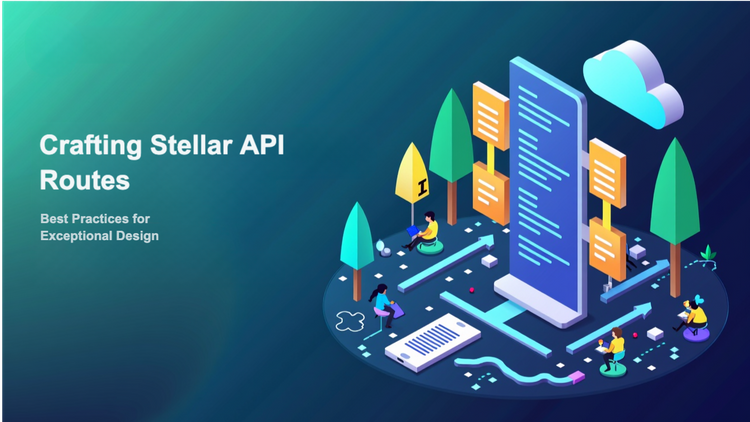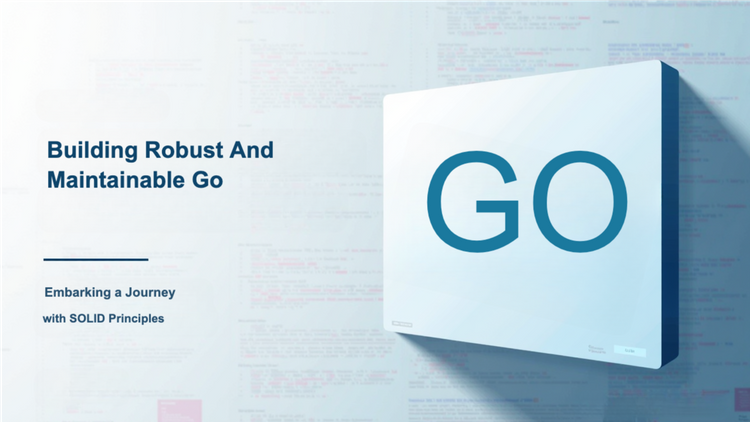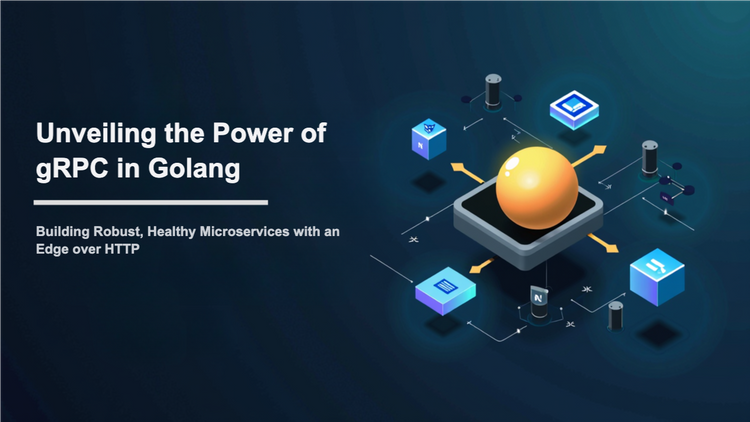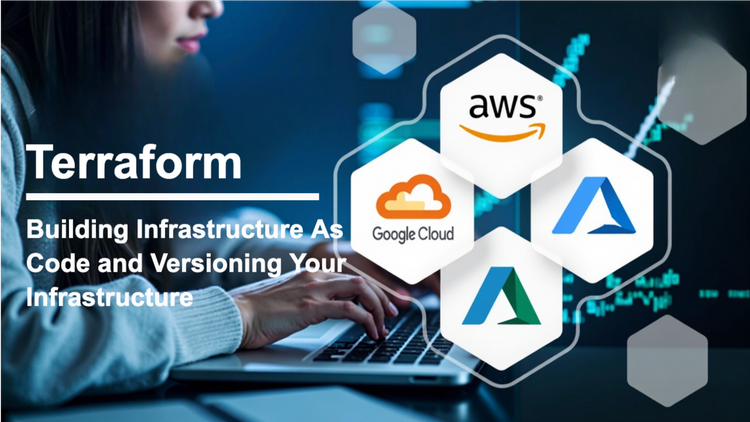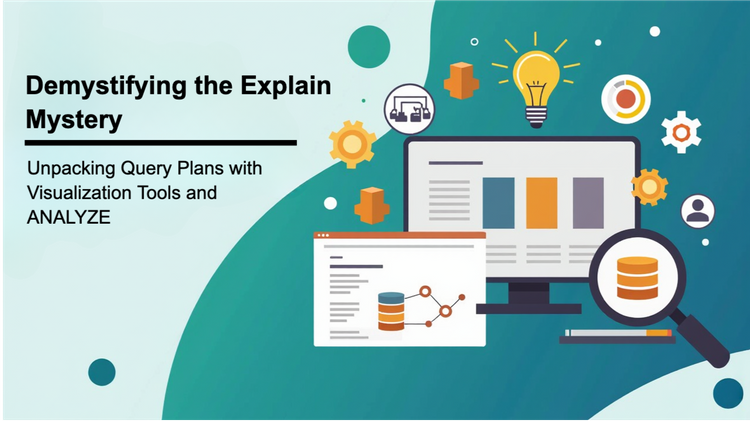Database Migration and Version Control for Multiple Schema Multi-Tenant Systems
In the realm of software development, managing database schema changes is a crucial aspect of maintaining application functionality and data integrity. As applications evolve and new features are introduced, the underlying database schema must adapt accordingly. This process of schema modification, known as database migration, can be particularly challenging in multi-tenant systems, where multiple tenants or clients share a common database infrastructure.
Challenges of Database Migration in Multi-Tenant Systems
Multi-tenant systems introduce a unique set of challenges when it comes to database migration. These challenges stem from the need to manage schema changes across multiple tenants while ensuring data isolation and preventing conflicts. Traditional migration approaches, which often involve executing DDL (Data Definition Language) statements directly on the database, can lead to issues such as downtime, data corruption, and inconsistent schema versions among tenants.
Addressing the Challenges with Version Control
To address these challenges, version control systems (VCS) have emerged as a valuable tool for managing database migrations in multi-tenant systems. By storing schema changes as versioned scripts in a VCS, developers can track the history of schema modifications, roll back to previous versions if necessary, and ensure consistent deployment of changes across tenants.
Version Control Strategies for Multi-Tenant Systems
There are two primary approaches to implementing version control for database migrations in multi-tenant systems:
- Shared Schema Migration: This approach involves maintaining a single set of migration scripts that apply to all tenants. While this simplifies development and maintenance, it can limit the flexibility to customize schemas for individual tenants.
- Per-Tenant Schema Migration: This approach involves maintaining separate sets of migration scripts for each tenant, allowing for greater customization and tenant-specific schema modifications. However, it can increase the complexity of managing and deploying migrations.
Tools for Database Migration and Version Control
Several tools and frameworks have been developed to facilitate database migrations and version control in multi-tenant systems. These tools typically provide features such as:
- Schema diff generation: Automatically generates scripts that capture the differences between two schema versions.
- Migration script execution: Executes migration scripts in a controlled manner, ensuring data consistency and preventing conflicts.
- Version tracking: Maintains a history of schema changes and allows for rollbacks to previous versions.
Best Practices for Database Migration in Multi-Tenant Systems
To ensure successful and efficient database migration in multi-tenant systems, consider the following best practices:
- Establish clear migration guidelines: Define clear guidelines and procedures for making schema changes, including peer review and approval processes.
- Automate migration processes: Utilize automation tools to streamline migration execution and reduce the risk of manual errors.
- Implement comprehensive testing: Thoroughly test migration scripts before deploying them to production environments.
- Monitor migration performance: Monitor the impact of migrations on system performance and data integrity.
By adopting version control practices and following these best practices, developers can effectively manage database migrations in multi-tenant systems, ensuring data consistency, tenant isolation, and application stability.

